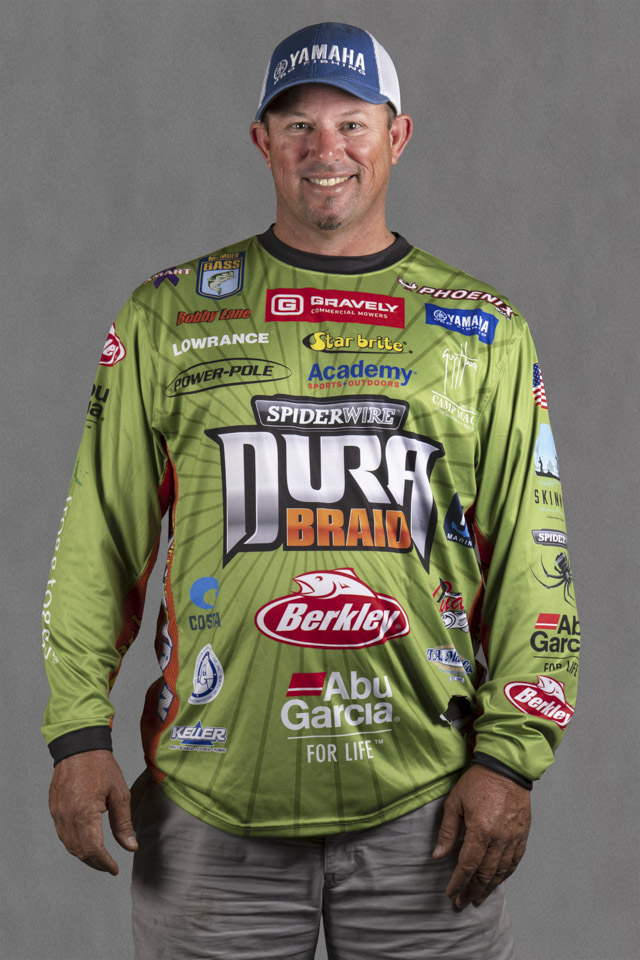
We all deal with spring cold fronts. Some of us are lucky. We spend enough time fishing that we get the good weather, too. But for others they can be a tough problem. It’s no fun to plan a fishing trip only to see the temperature top 15 or 20 degrees the night before you leave.
However don’t let that ruin your outing. Don’t believe all the hype you hear about how hard it is to get them to bite. It isn’t, not really. The trick is to find them, and you start doing that by thinking big.
OK, to be fair there are times when a cold front cuts off the bite. They do go inactive, but that’s only sometimes. The more likely scenario is that they’ve moved and that you haven’t moved far enough to find them. That’s where thinking big comes into play. Most anglers don’t move far enough.
When I’m faced with a spring cold front — and I was just recently — I start looking for my bass anywhere from a quarter of a mile to a full mile from where I think they should be or from where they were the day before yesterday.
Too many anglers limit their search to a couple of hundred yards. That’s not even close to enough. Bass swim. If you stop to think about it, you’ll realize they can swim a mile in just a couple of hours. That’s not all that far, or long, to get somewhere more comfortable.
They chase bream and baitfish for 24 hours at a time when they’re feeding. Is it really all that hard to believe they’d swim a mile for something just as important?
For the most part I’m looking for any kind of break, irregularity or contour change. Of course, the perfect situation is when I find a deep channel swing or sharp drop alongside a spawning flat that was used or is about to be used. That’s the perfect situation, though. It’s more likely that what you’ll find is a small drop somewhere or maybe a ledge that you didn’t see before.
Your electronics are critical in this situation. Make sure they’re tuned the way they should be so that you can see every detail underneath your boat. Once you learn how to do that it’ll only take you a couple of minutes. I can do my Raymarine units in no time flat.
Overall my best bait has been a Yo-Zuri jerkbait. I work it slow and then fast until I find what they want. I don’t fish it like it’s winter, though, with long pauses and things like that. I keep it moving even if that’s not very fast.
Other good bait choices are a shaky head and a Carolina rig with a Berkley Havoc 6.25 Bottom Hopper. It’s like a trick worm only with no action. At other times I might try a drop shot rig with the same worm rigged wacky style.
Natural colors are usually best. Anything that matches the local forage and that looks real will work.
Spring cold fronts are not to be feared. They don’t spell disaster unless you let them get inside your head. Smile, be glad you’re not at work and go catch them.

